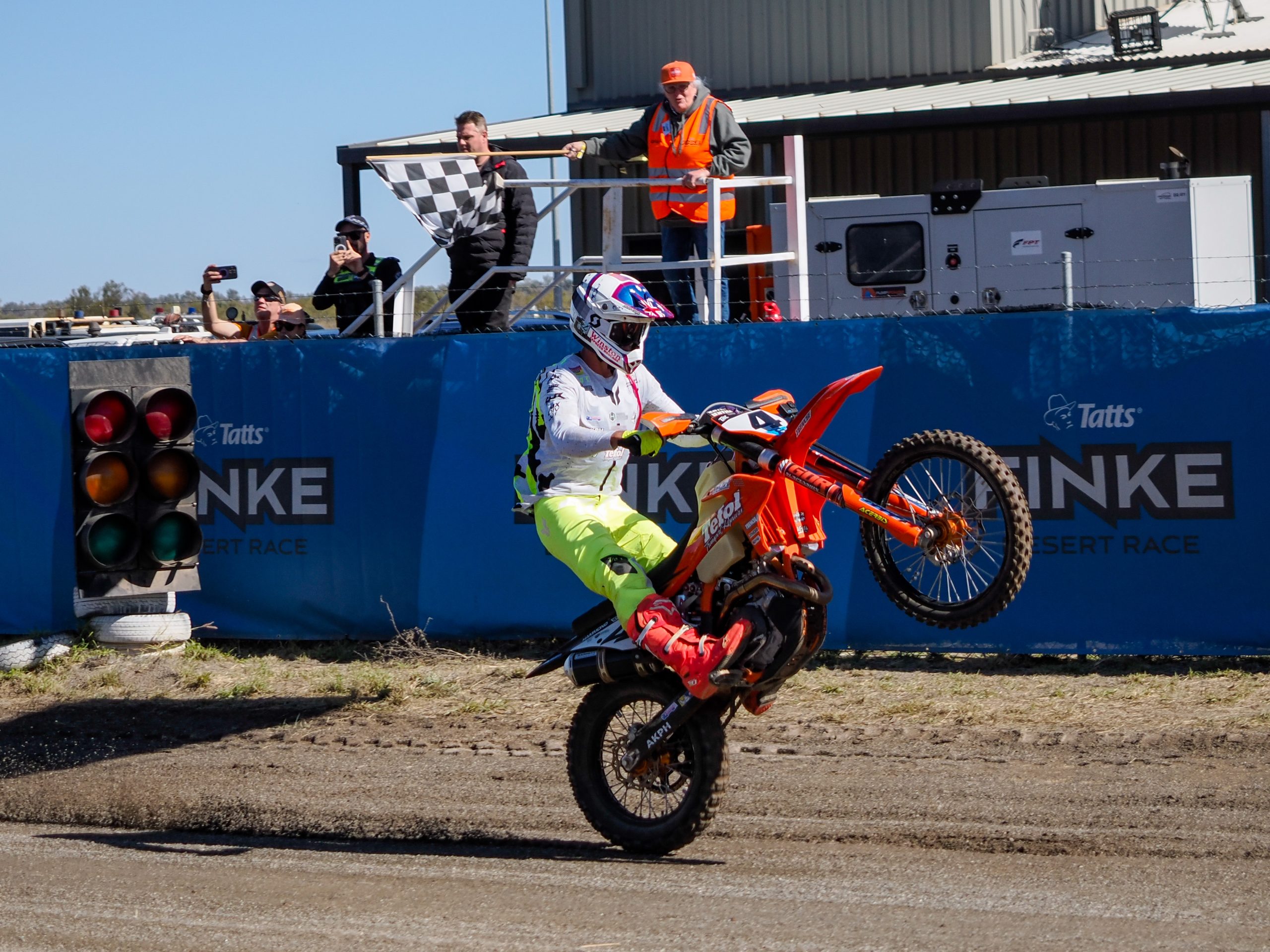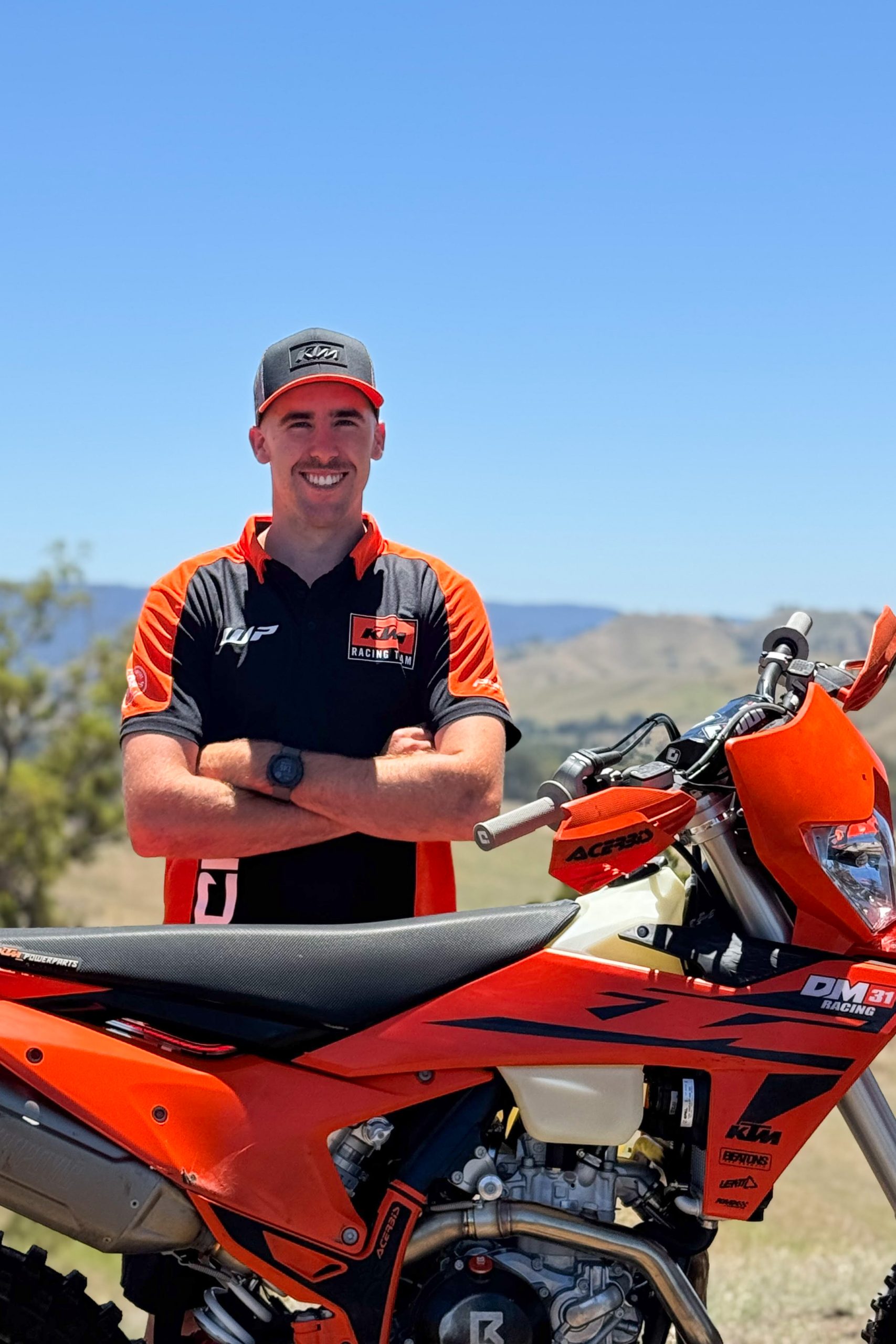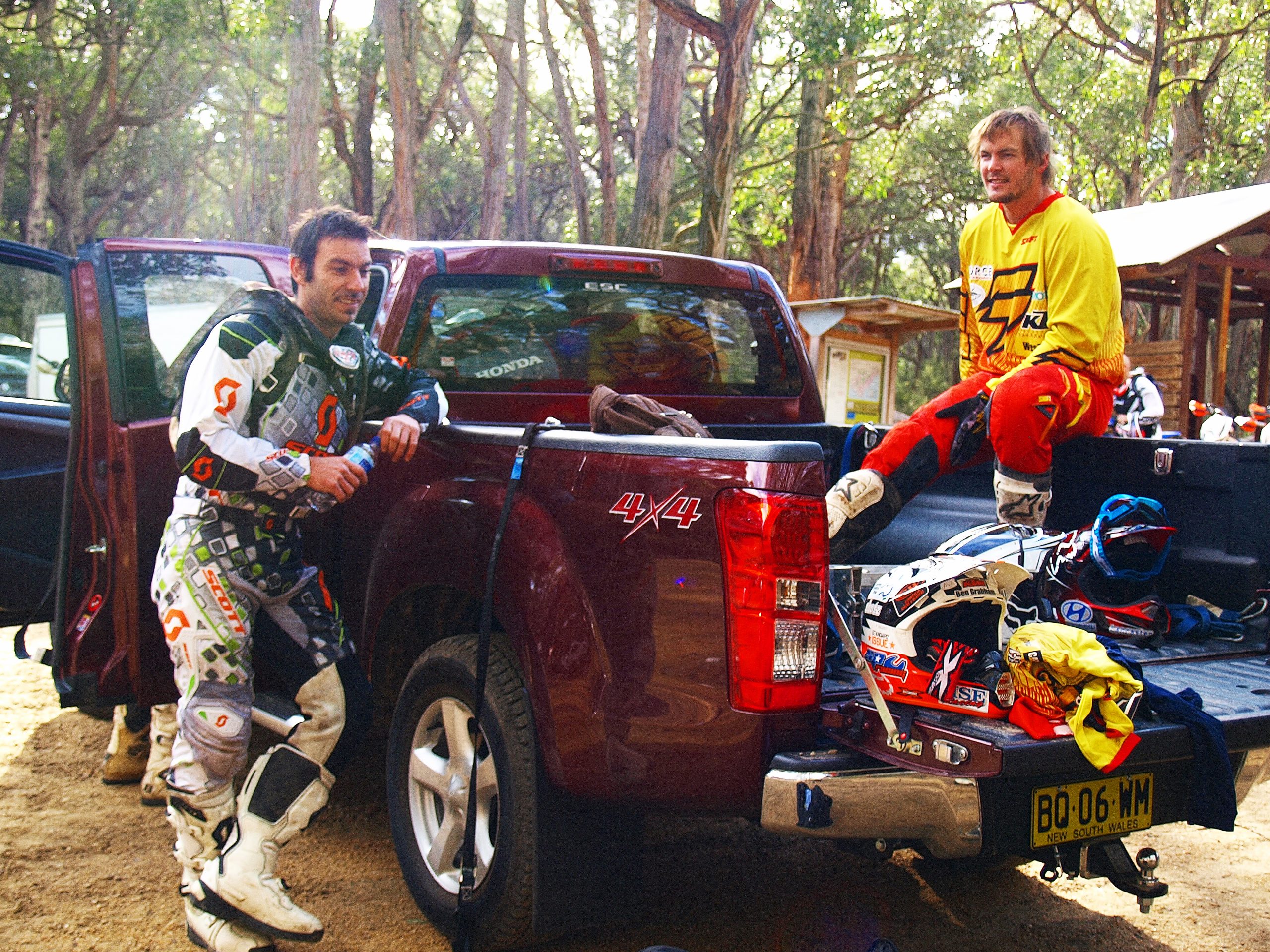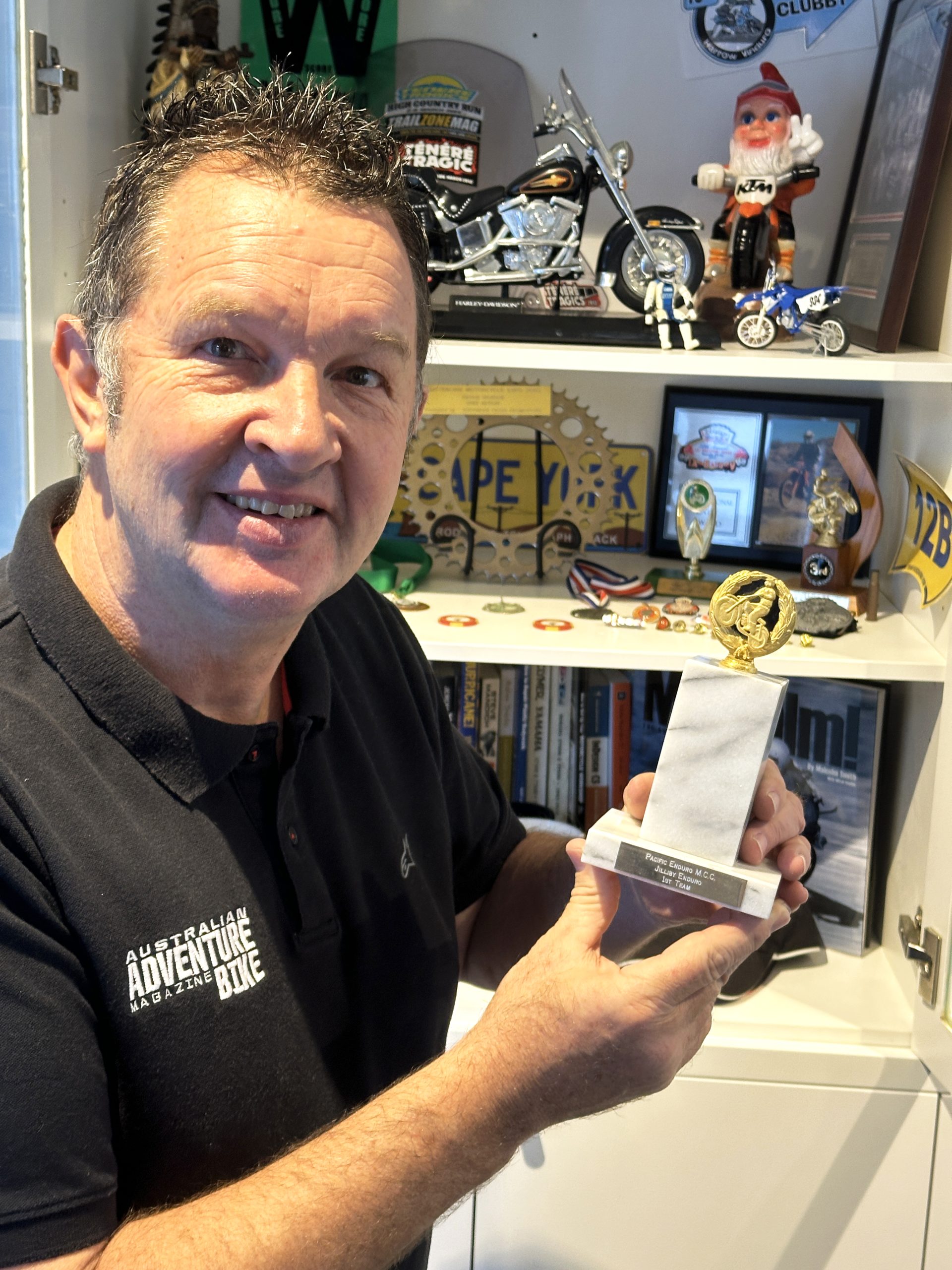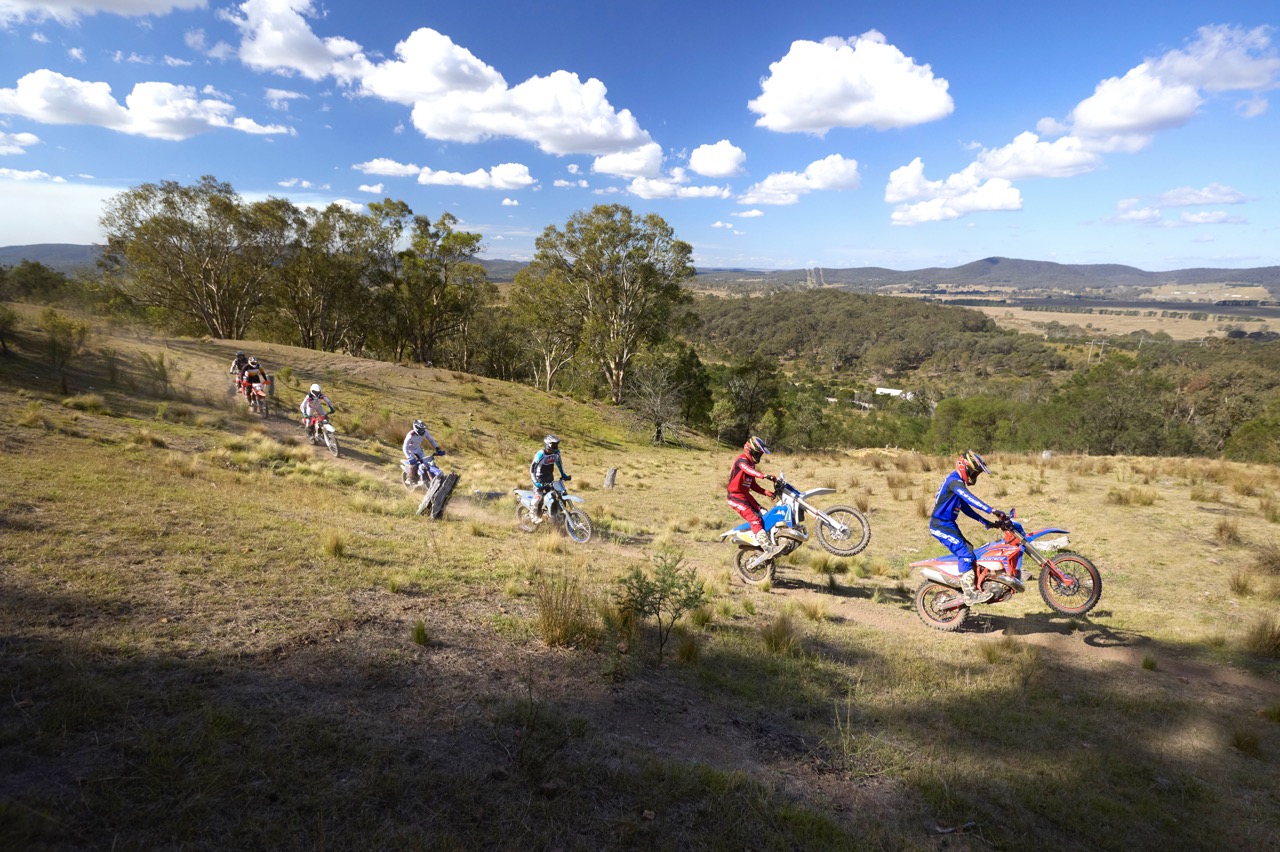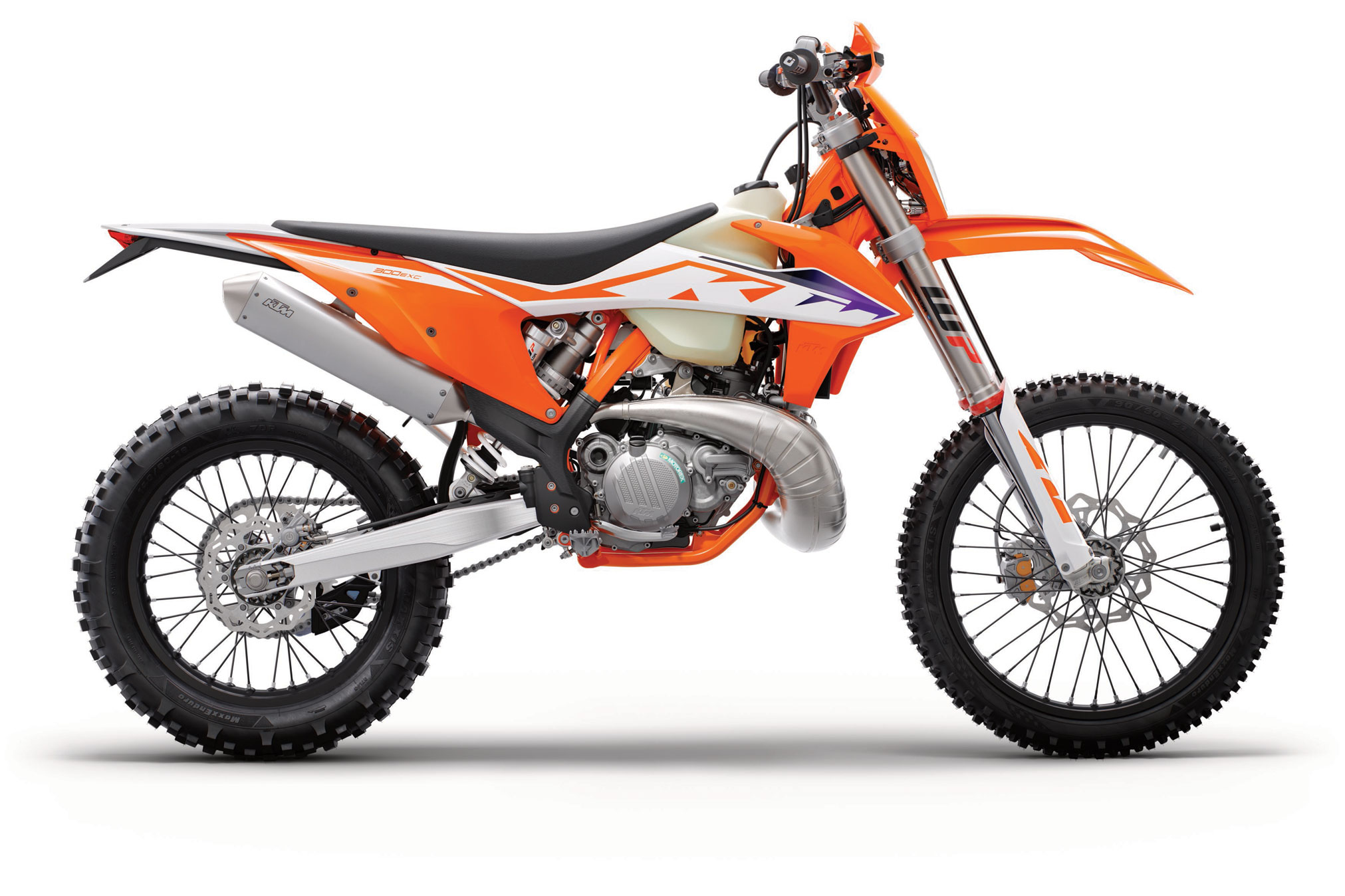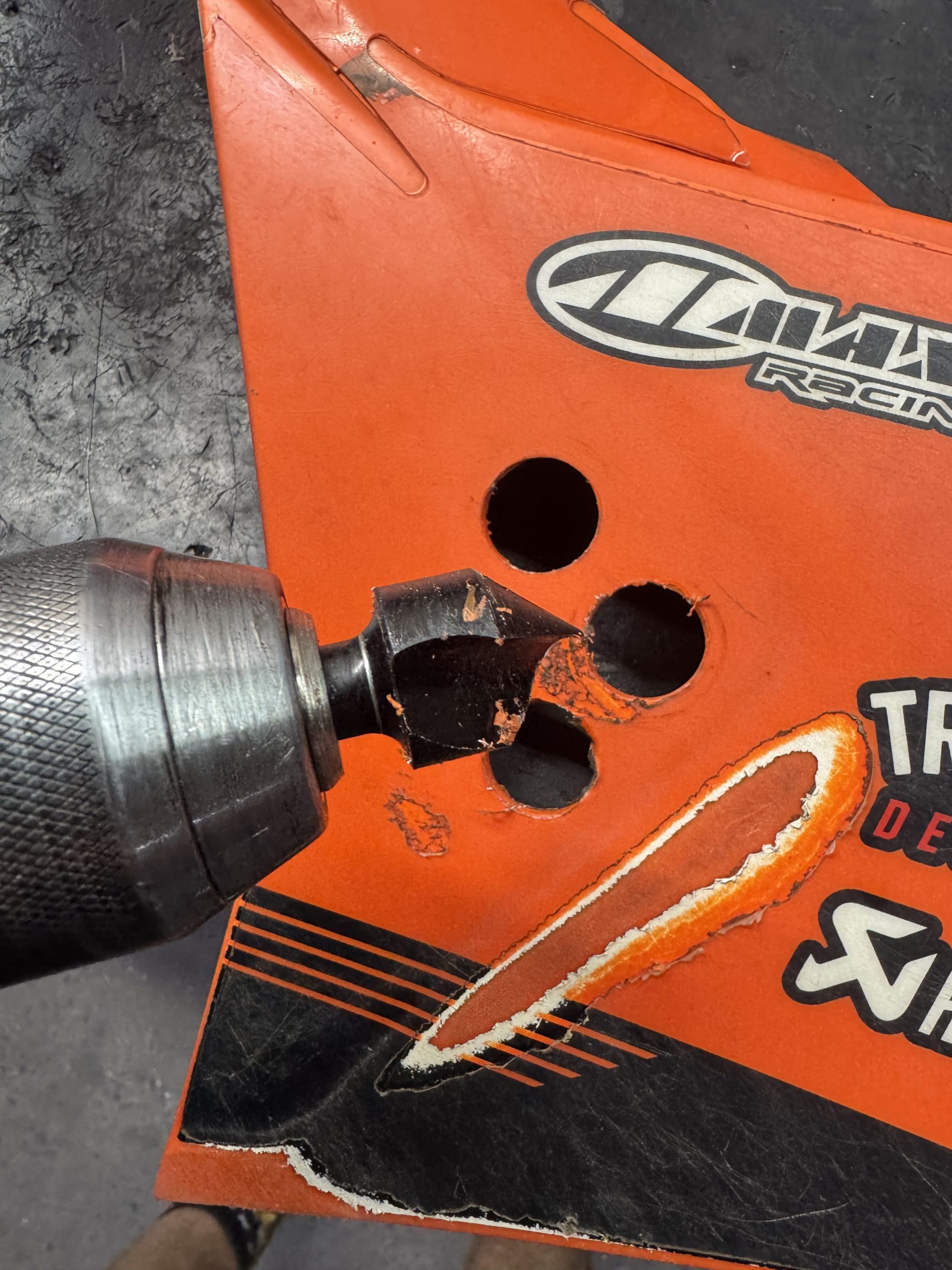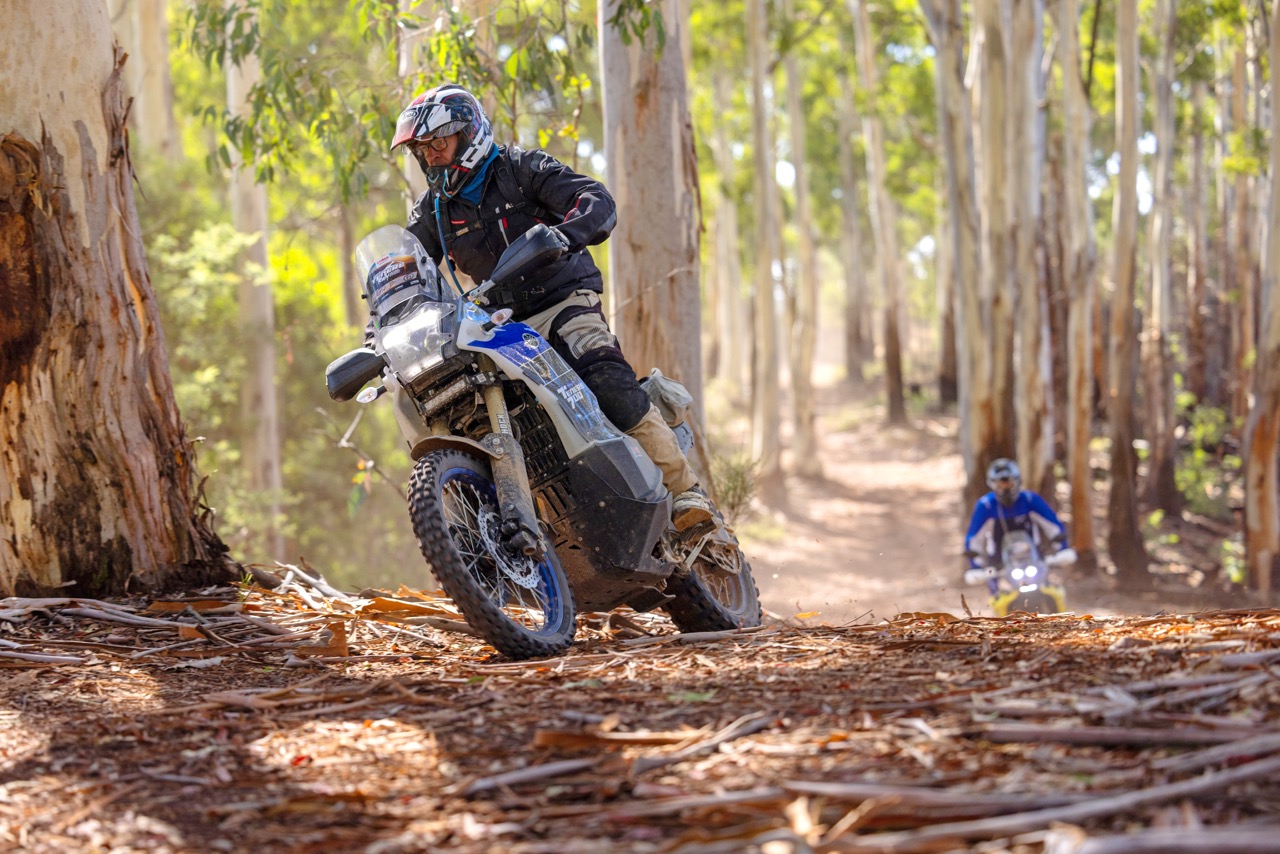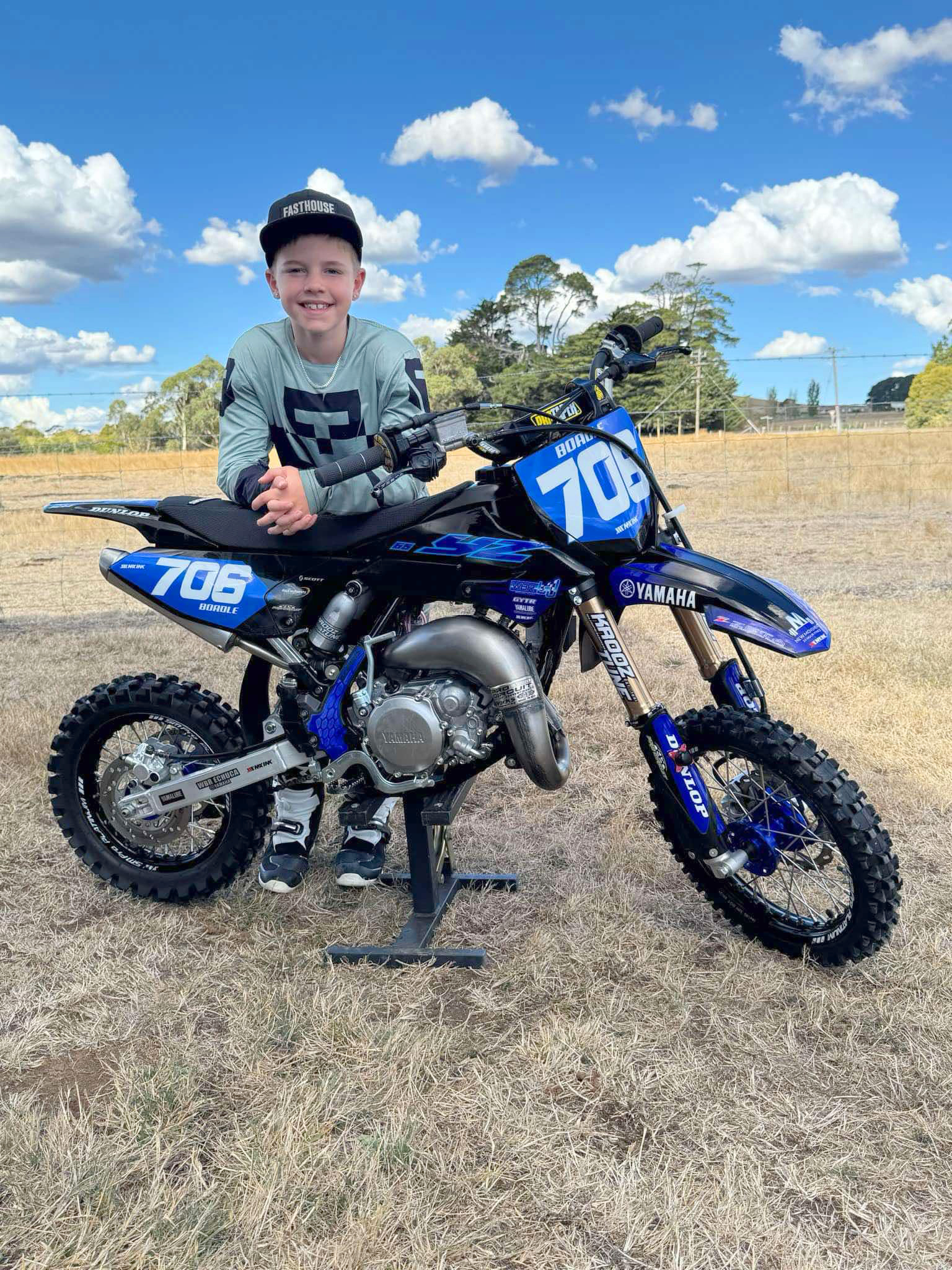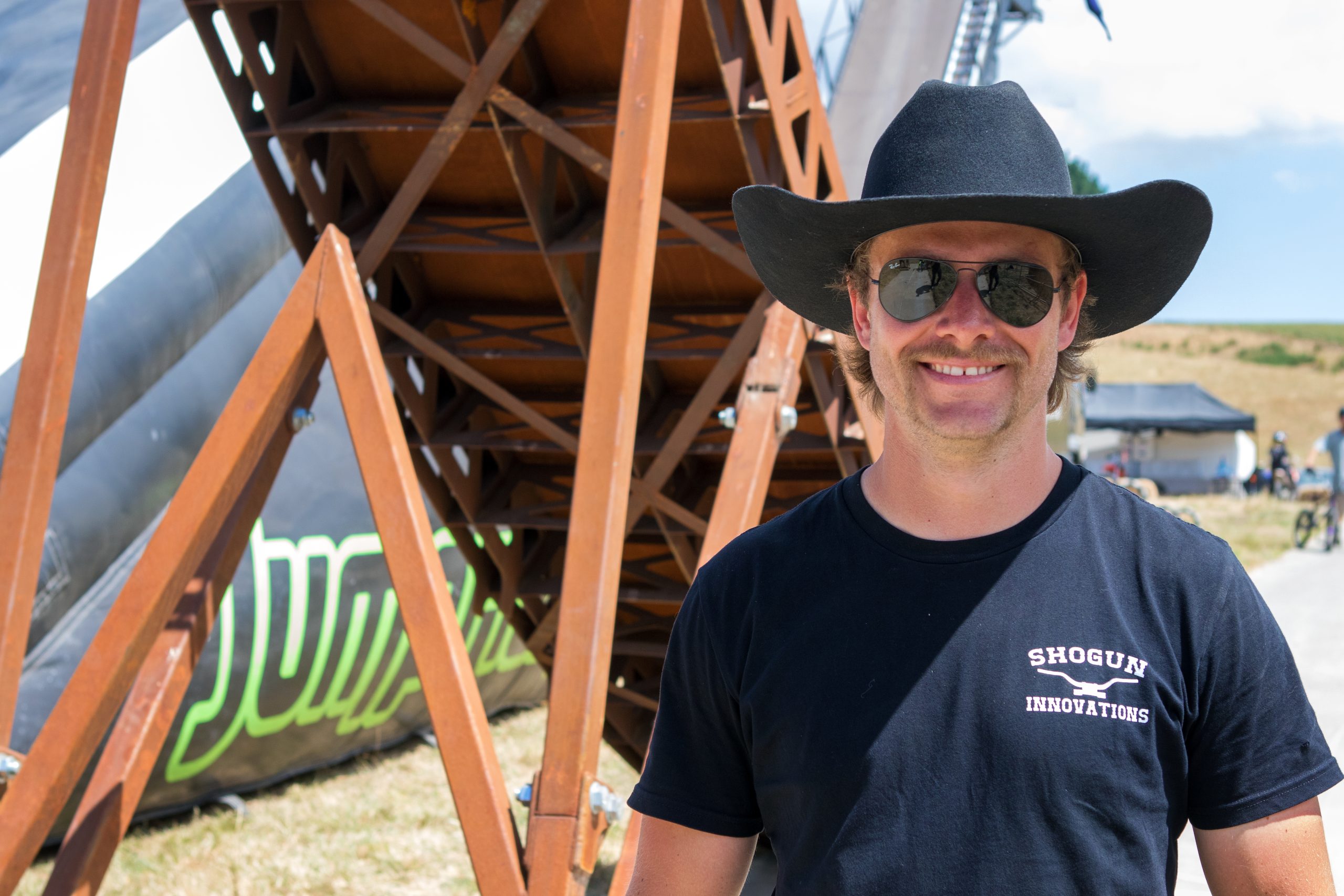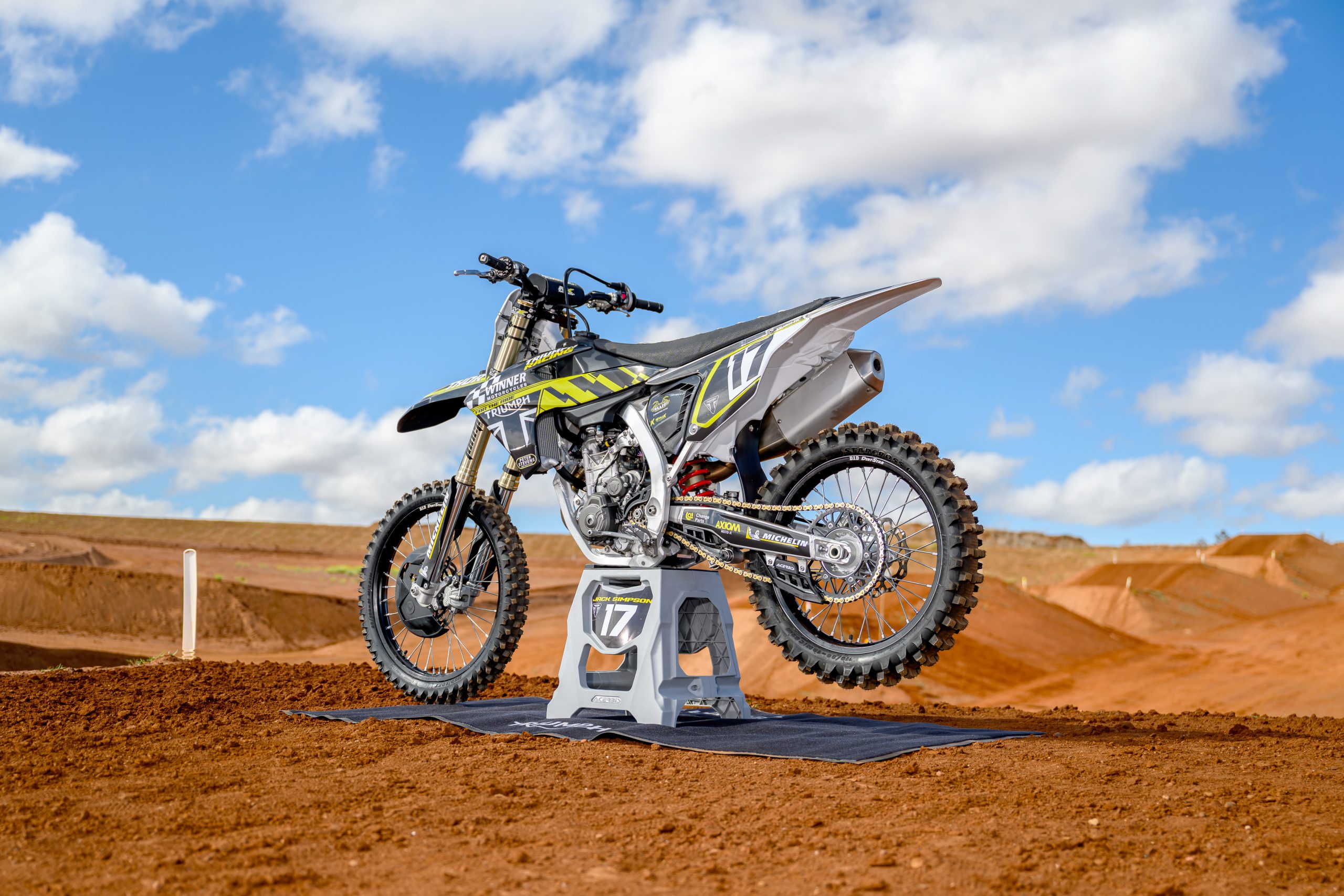Back when we first posted a video of the Rieju MR 300 Pro on our social media accounts we were hit with some comments that left us with nothing else to do but try to prove them wrong or at the very least bring some further education to this brand. On first inspection we noticed the 300 Pro was littered with fancy parts. It has anodised wheels, X-trig triple clamps and KYB suspension both front and rear. The Rieju certainly looks the part and after trail testing the bike last month we can confirm that it is a perfectly capable bike on the trail.

If you aren’t already aware then Rieju is a Spanish motorcycle manufacturer that bought the rights to the Gas Gas EC models when KTM Group purchased the brand. Rieju now has the rights to keep producing the Gas Gas EC models rebranded as Rieju MR 250’s and 300’s. This is why the Rieju resembles the old Gas Gas EC models.
However, Rieju hasn’t just left the models completely unchanged since 2018. They have made small improvements to what was the EC range and have even let us in on the secret that there is a completely new model coming in the future.

YOU CAN’T BUY A BIKE
So let’s get into it. The biggest and most common comment we got on the Rieju is that there is no dealer support in Australia, you can’t buy the bikes and there is little to no dealer support or parts supply. While some of this may have been true in the past when Rieju was in the early stages of setting up their dealer networks across Australia, I can confirm now that there are seventeen dealers across Australia with another five set to come onboard over the following month.

So unless you live in some remote part of Australia chances are there is a Rieju dealership closer to you than you think. Rieju Australia also keeps a full range of spare parts and accessories and if anything needs to be back ordered then Rieju do regular air freights with a wait time of 2-4 weeks. I for one have waited well over three months for parts for bigger well-known brands so to me that doesn’t sound like a bad deal. Especially when many other brands don’t offer to air freight parts in but rather stick you on a back order list and you have to wait for the next stock order to arrive in the country.
Parts accessories and apparel can be ordered through the Rieju dealer network or viewed on the rieju.com.au website. Bikes are in stock in dealers ready to go as well as further stock being in the Rieju warehouse in Victoria. Customers can also place a holding deposit on a motorcycle via the rieju.com.au/order-online website to secure a motorcycle.

THE RIEJU IS CHEAP AND POOR QUALITY
One comment was that the Rieju was Chinese made. This is incorrect. Rieju is a Spanish company and the motorcycle is manufactured in Spain.
Equally saying the Rieju is of poor quality is incorrect. The Rieju is made up of parts from KYB, Keihin, Nissin, Neken, V-Force, Magura, X-Trig and more. These are all top level parts that are sourced from all over the world and none of these parts would ever be referred to as poor quality on their own.

With all these parts making up the motorcycle that just leaves the engine and chassis for Rieju to manufacture in Spain. This frame was developed by Gas Gas using feedback from Spanish ex professional MXGP and Enduro racer Jonathan Barragan. The frame is made from high tensile chromium molybdenum steel making it as strong as any and the powder coating seems to be done well.
While the steel parts in the engine appear to be made from high quality material some of the alloy parts like the engine covers look like cheap grade alloy. Having engine covers made from cheaper/lighter grade alloy isn’t necessarily a problem, especially when they are fitted with engine guards like the Rieju MR Pro 300. I can see where the thought has come from that the engine has been made cheap. The rest of the alloy parts in the engine like the main engine cases appear to be a denser, higher quality alloy. Rightfully so because they are the cases that house the load bearing parts like the crankshaft and gearbox shafts.

THE STARTER WILL BREAK
We got a few comments on the starting system on the Rieju. After some deeper diving and asking some further questions I am led to believe that this opinion has been carried over from the Gas Gas to early Rieju days when they used a cheaper starter motor and a dry starter bendix. The starter motor would wear out and the bendix would run dry and get fried.
The current model Rieju uses an updated starter motor of higher quality and the left side of the engine is now sealed and the bendix and starter system runs in an oil bath to keep it lubricated. Rieju tell me this has rectified a lot of the Rieju starting issues. I did happen to notice that the Rieju didn’t like to start off the battery when it was cold but was easier to kick start. I also noticed that the Rieju only has a 140A battery fitted but there is plenty of room for something bigger like a 175A battery that should solve those cold starting issues.

POWER VALVE ADJUSTMENT
While I had the Rieju I was told by a reader that you can’t adjust the power valve on the MR models so we ran a “how to” on adjusting the power valve. Then I stuck the Rieju on the dyno just to show how much adjusting the power valve can affect the power curve. The power valve adjuster is located under a 27mm cap on the right hand side of the engine. Under that cap is a screw and a lock nut that needs to be loosened to turn the power valve screw in or out which changes the amount of preload on the power valve spring.
The dyno graph in green shows the power curve with the adjuster screwed all the way in and the dyno graph in red shows the power curve with the power valve screw all the way out. As you can see it drastically affects the bikes power through the mid-range. The more you screw the adjuster in, the more tension you add to the power valve spring and the later the power valve will open. In reverse, the more you screw the power valve screw out the less tension on the power valve spring and the earlier the power valve will open.

We also decided to play around with the adjuster so we could show you the best overall power curve we could come up with. It’s not as simple as just turn the screw all the way in and the bike will be faster. In fact the power valve has to be adjusted to open at the right time to coincide with the engine mapping so there is a smooth transition through the rev range. If this is not set correctly then you can cause low spots in the power curve.
What we can tell you from our experimenting is that any less than half a turn on the power valve adjuster shows little to no difference. The best overall power curve shown here in red is with the power valve adjuster set three turns out from all the way in.

DRY VS WET
While we had the Rieju strapped to the dyno we thought we would take the time to show you the difference in the wet and dry maps that come on the Rieju from standard. The dry map is shown here in green and the wet map in red. As this is a carburetor fueled bike the mapping can only affect the timing and not the fueling. When you switch the bike into the wet map the timing is retarded which slows down how quickly the engine revs up.
This graph is measured over time so you can see that the wet map power curve is delayed approximately 0.2 of a second compared to the dry map. This doesn’t sound like much at all but on the trail there is a distinct difference between these two maps. In fact we actually had a lot of people tell us they found the Rieju more manageable to ride in the wet map and preferred the wet map over the dry map.

EXTRA INFO
This last part is for those tuning geeks out there that really love to fiddle with their bikes like me and see just how good we can make them. The jetting on the Rieju is very clean and I would like to play with some different needle tapers to see just how smooth I could make the midrange. I also happened to figure out that a GET CDI off a carby model KTM 300 EXC will fit and work on the Rieju. It also gives you the ability to completely customise the ignition mapping exactly to your liking via the Maya CDI tuning software.

WORDS & PHOTOS MAT BOYD
